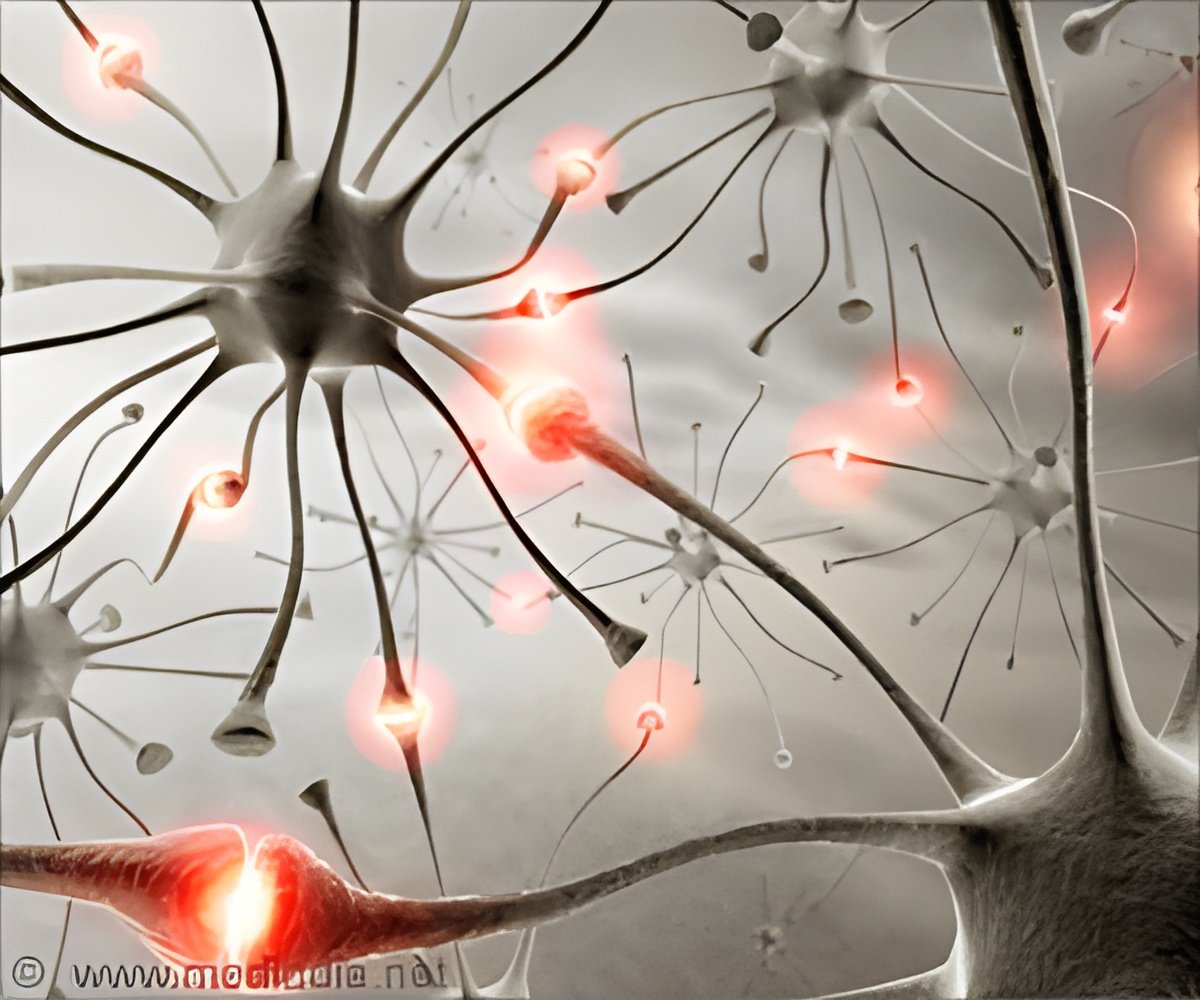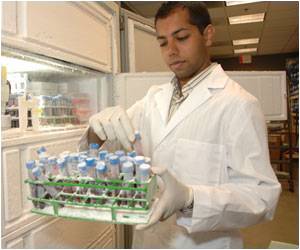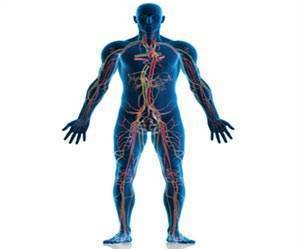Dismantling the docking stations that house neural signal-carrying vessels does not fully disrupt signal transmission between cells.

TOP INSIGHT
Not all launch-ready neurotransmitter vesicles need to be docked in the active zone when a trigger arrives. Neurons form a remote critical reserve of vesicles that can be quickly marshaled in times of high demand.
Neuroscientists have thus far surmised that destroying the docking stations that house neurotransmitter-loaded bubbles would cause all cell-to-cell communication to cease. A new study by the Harvard Medical School suggest otherwise.
The mice study reveals that dismantling the docking stations that house these signal-carrying vessels does not fully disrupt signal transmission between cells. The team’s experiments, described in the journal Neuron, suggest the presence of mechanisms that help maintain partial communication despite serious structural aberrations.
“Our results not only address one of the most fundamental questions about neuronal activity and the way cells in the brain communicate with each other but uncover a few surprises too,” said Pascal Kaeser, senior author on the study and assistant professor of neurobiology at HMS.
“Our findings point to a fascinating underlying resilience in the nervous system.”
When researchers measured signal strength in neurons with missing docking stations, they observed that those cells emitted much weaker signals when demand to transmit information was low. However, when stronger triggers were present, these cells transmitted remarkably robust signals, the researchers noticed.
Elimination of one active zone building block, a protein called RIM, led to a three-quarter reduction in the pool of vesicles ready for release. Disruption of another key structural protein, ELKS, resulted in one-third fewer ready-to-deploy vesicles. When both proteins were missing, however, the total reduction in the number of releasable vesicles was far less than expected. More than 40% of a neuron’s vesicles remained in a “ready to launch” state even with the entire docking station broken down and vesicles failing to dock.
The finding suggests that not all launch-ready vesicles need to be docked in the active zone when a trigger arrives. Neurons, the researchers say, appear to form a remote critical reserve of vesicles that can be quickly marshaled in times of high demand.
“In the absence of a docking sites, we observed that vesicles could be quickly recruited from afar when the need arises,” said Richard Held, an HMS graduate student in neuroscience and co-first author on the paper.
The team cautions that any clinical implications remain far off, but say that their observations may help explain how defects in genes responsible for making neuronal docking stations may be implicated in a range of neurodevelopmental disorders.
Source-Newswise
 MEDINDIA
MEDINDIA




 Email
Email








